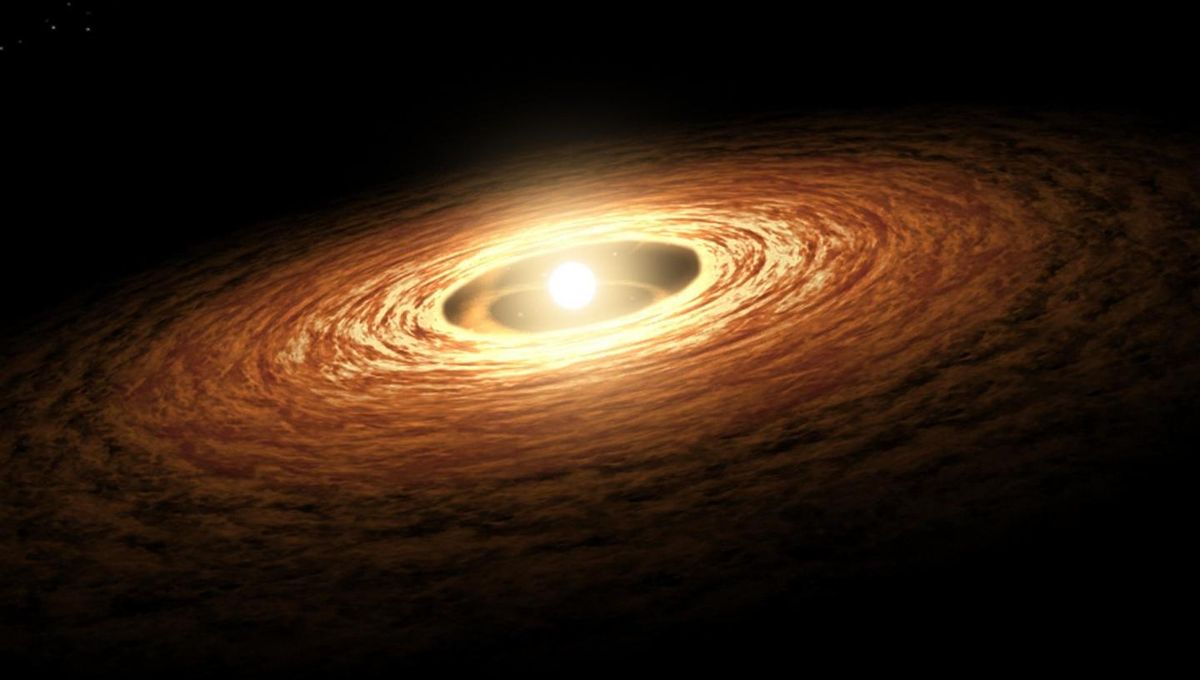
The age of the Solar System is an important question to answer in science. It connects the celestial question of how stars and planets come to be and the more Earthly one of how life arose on our planet. New measurements of meteorites suggest that the Solar System might be slightly older than previously thought.
The new work places the age of the Solar System at 4.5684 billion years, plus or minus 240,000 years. Previous estimates were about 1.1 million years lower at 4.5673 billion years. The change is small but a lot can happen on a planetary scale in 1 million years.
You might wonder how scientists can tell the age of the Solar System, after all, it’s not like a calendar or stopwatch formed as well in the solar nebula. What did form were pebbles that eventually merged together into asteroids and planets. By looking at the chemical composition of particular minerals in meteorites, we can get an idea of when they formed, a proxy for when the building blocks of the Solar System came to be.
“To learn about the birth of planets and the story of our Solar System’s first few million years, we study meteorites that bear witness to this era,” the authors explain in their paper.
“It is especially crucial to constrain the times at which their constituent components formed, the times at which their parent planetesimals accreted and melted, when collisions occurred, and to constrain the relative order of these events in the context of the solar nebula.”
In particular, the researchers looked at the calcium-rich, aluminum-rich inclusions (CAIs) found in meteorites. Some isotopes – the same chemical elements with different numbers of neutrons at their core – are radioactive and they change into different elements over time. The time varies depending on the stability of the isotope. Some exist for a few seconds, others for hours, days, or even billions of years.
By looking at specific ratios of isotopes, scientists can work out how long ago the rocks in question formed. The previous estimate was based on lead isotope ratios in CAIs, but it looked like aluminum ratios were more discordant, possibly suggesting that the primordial solar nebula was diversified and not the same way everywhere.
This was a problem as it required something to make the nebula so heterogeneous, such as intense solar flares or a supernova happening very close. The team shows that it is possible that the lead age estimate is slightly younger than the one from aluminum and it doesn’t depend on differences in the solar nebula but on heating processes experienced by CAIs.
“The implication [of the new findings] is huge,” lead author Steven Desch, from Arizona State University, told New Scientist. “You don’t need to invoke flares and supernova injection. This is just what the sun was born with.”
Their findings suggest a much simpler picture of how the Solar System formed, although it has aged our little corner of the universe a little bit.
The study is published in the journal Icarus.
[H/T: New Scientist]
Source Link: The Solar System May Be Over A Million Years Older Than Thought